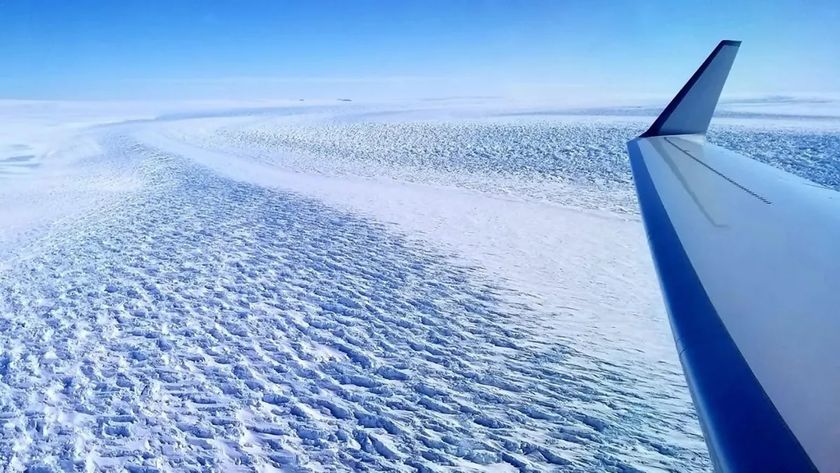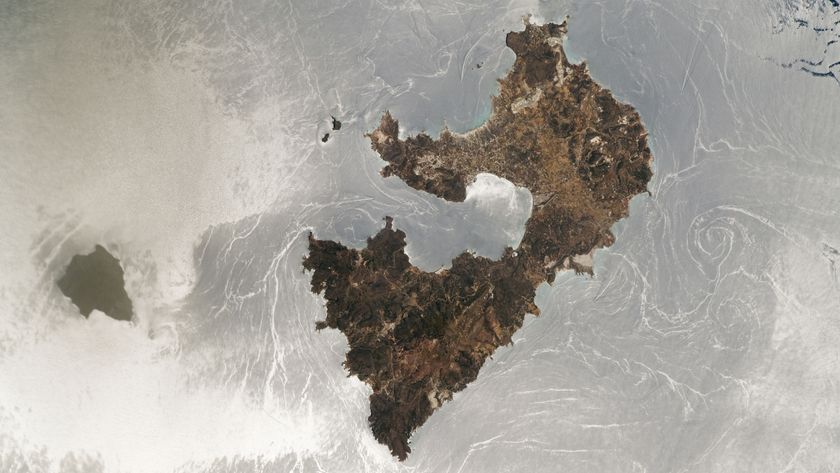The World's Longest Rivers
Intro
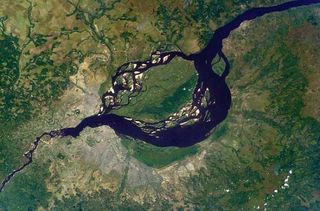
The 10 longest rivers in the world, most in Asia, each bring life-giving water to millions of people, support their own unique ecosystems and flow across a variety of landscapes.
While determining a river's length may seem simple, it's not: Many rivers join together in river systems and it is sometimes difficult to pinpoint where one individual river begins. And while the accepted method of measurement of a river's size is by length, although the magnitude of a river can also be measured by its volume.
Below are the world's longest rivers, measured according to the length of the longest continuous river channel in a given river system.
Lena
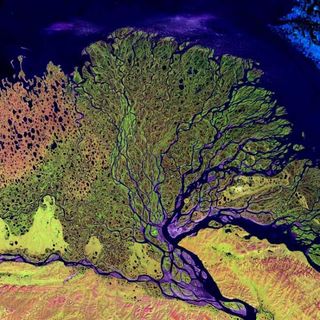
2,734 miles (4,400 kilometers)
The Lena River's source starts at a Siberian mountain lake west of Lake Baikal, from where it flows north across Russia to enter the Arctic Ocean. When the river is frozen for seven months of the year, ice crusts can grow more than 3 feet (1 meter) thick.
Located on the river's bank is the city of Yakutsk, the world's second largest producer and exporter of diamonds. The Lena River's basin is a rich source of mineral deposits, including coal, gold and other precious metals. Fossils have also been dug up from the Lena's delta, including woolly mammoth skulls and tusks, according to Discover Magazine.
Amur
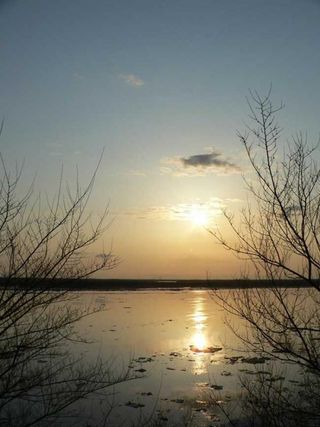
2,763 miles (4,444 kilometers)
Also known as the Heilong Jiang, this river begins in the Mongolian region of China as the Hailar River, becomes the Argun River and then merges with the Shilka River to form the Amur River. Heilong Jiang, which translates to "Black Dragon River," was named by the Qing Dynasty in China, which reigned 1644-1911 . Amur is the river's Russian name.
The river flows along the Russian-Chinese border to Siberia, then northeast across Russian territory to empty into the Tatar Strait. The region around the Amur is home to several endangered species, including the Amur leopard, of which only between 25 and 34 individuals remain, according to the International Society for Endangered Cats.
Congo

2,900 miles (4,700 kilometers)
Also known as the Zaïre River, the Congo River is the largest river in the western part of Central Africa. Rising in Zambia as the Chambeshi River and flowing through the Democratic Republic of the Congo to the Atlantic Ocean, the Congo River has flow volumes that are ten times greater than that of Niagara Falls, according to the United States Geological Survey (USGS).
With parts of its channel reaching depths of 755 feet (230 meters), the Congo River is the deepest river in the world and is home to over 700 species of fish. Scientists continue to find previously unknown species of fish in the river, including frightening, spike-toothed "monster fish" such as the Goliath Tiger Fish.
Ob
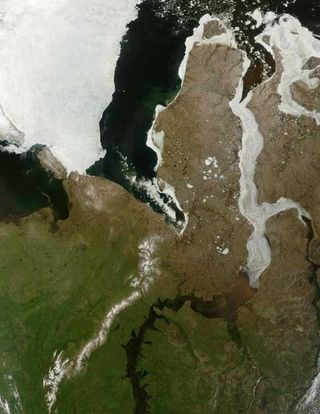
3,362 miles (5,410 kilometers)
Starting out in the Altai Mountains of central Asia and flowing across western Siberia, the Ob river dumps into the Kara Sea of the Arctic Ocean. The river runs through various climates along its route to the sea, from the swampy marshlands of Narym, Russia to the Arctic's icy tundra.
While the Ob remains frozen for six months of the year, it is used for irrigation and hydroelectric energy during the other half of the year, as well as a major transportation route for Siberia. Though it is also used for drinking water, Siberian parts of the river are highly contaminated with radioactive pollutants as a result of former Soviet nuclear programs, according to the Natural Resource Defense Council.
Yellow
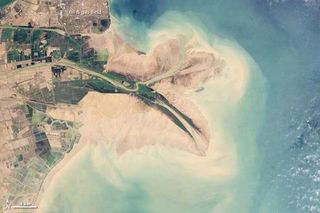
3,395 miles (5,464 kilometers)
Flowing east from the Plateau of Tibet to the Yellow Sea, the Yellow River, also known as Huang He, gets its name from the lemon-hued silt it picks up in the Shaanxi Loess Plateau. The second longest river in China, the river is often referred to as "the Mother River of China" and "the cradle of Chinese civilization" because its basin is considered to be the birthplace of prosperous northern Chinese civilizations.
However, the river has also earned the title of "China's Sorrow" due to its frequent devastating floods, which often result from elevated river beds in its lower course. The river accounts for some of the deadliest disasters in human history, including a 1931 flood that killed an estimated 1 million people, according to the World Wide Fund for Nature (WWF).
Yenisei-Angara
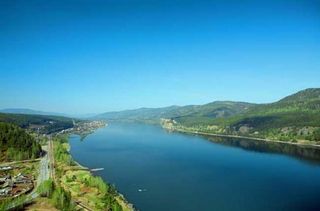
2,540 miles (4,090 kilometers)
The greatest river system flowing to the Arctic Ocean, the Yenisei originates at the border of south-central Russia and Mongolia. The river's mid-section is controlled by a series of massive hydroelectric dams. Frozen during the winter months, the river causes extensive flooding when ice begins to thaw in the springtime because the upper portion of Yenisei melts before the lower river.
The name Yenisei is derived from the word Anas, which means "Mother River," a title given to the river by an ancient Turkic settlement in Altai. Partially built by Soviet criminal labor camps, the river contains radiation pollution as a result of decades of unchecked industrial contamination, according to the Institute of Biophysics at the Russian Academy of Sciences.
Mississippi-Missouri-Red Rock
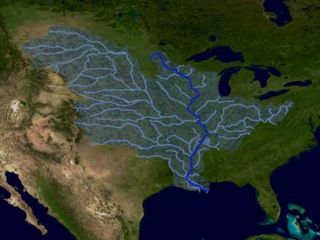
3,902 miles (6,275 kilometers)
The largest river in North America, the Mississippi river rises at Lake Itasca in Minnesota and flows south, meeting its major tributaries, the Missouri and the Ohio rivers, on its way to southeast Louisiana, where it enters the Gulf of Mexico. The Mississippi River got its name from the Native American Chippewa tribe's words "mici zibi," meaning "great river," while the Missouri River was named after the Missouri Indian tribe and means "town of the large canoes."
Hernando de Soto, a conquistador, or Spanish explorer, was the first European to discover the river in 1541 during an expedition in search of gold. De Soto, who attempted to convince the Native American tribes living by the river that he was an immortal sun god, died of a fever on the western banks of the Mississippi in 1542, according to "Hernando De Soto: A Savage Quest in the Americas," (University of Oklahoma Press, 1997).
Yangtze
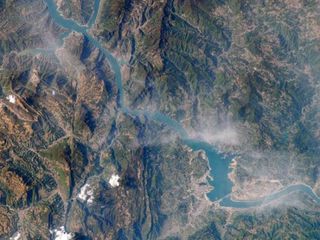
3,917 miles (6,300 kilometers)
Also known as the Chang Jiang river, the Yangtze rises in west-central China, flowing across south-central and east-central China until it reaches the East China Sea near Shanghai. The longest river in China and Asia, the Yangtze acts as a dividing line between North and South China.
The river has a rich mythological history, which includes the tale of the baiji, or freshwater river dolphins, which are said to have descended from a Chinese princess who drowned herself in the Tung Ting Lake portion of the Yangtze river, according to "Endangered Wildlife and Plants of the World" (Marshall Cavendish Corporation, 2001). The Yangtze River dolphins are now thought to be extinct, due to harmful fishing practices.
Amazon
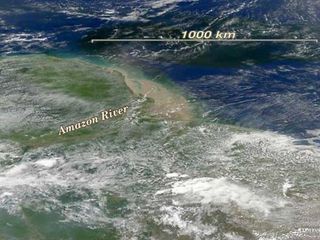
3,980 miles (6,400 kilometers)
The world's largest river by volume, the Amazon starts in Peru and flows through Brazil, emptying into the Atlantic Ocean. The Amazon also boasts the world's largest river drainage basin, which includes portions of Brazil, Bolivia, Peru, Ecuador and Colombia. Located throughout the basin is the extraordinary Amazon rainforest, home to an astounding variety of birds, mammals, and other wildlife, including 4,000 species of butterflies.
Parts of the river exceed 120 miles (190 kilometers) in width during the wet season, and to date, no bridge spans the Amazon along its entire length, according to the Amazon Center for Environmental Education and Research (ACEER). The river's present bed is estimated to be about 11 million years old.
The river got its name from European conquistador Francisco de Orellana, after he was reportedly attacked by women warriors during his exploration of the river from 154142. Orellana likened the women to the brave female warriors of Ancient Greek mythology, the Amazons, naming the river in their honor.
Nile
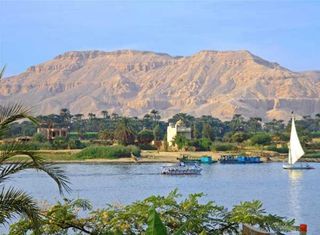
4,135 miles (6,650 kilometers)
Considered to be the longest river in the world, the Nile flows northward through the tropical climate of eastern Africa and into the Mediterranean Sea. The Nile's energy is harnessed by the Aswan High Dam, which was completed in 1970 and provides hydroelectricity and controls summer flooding.
Originally called Iteru by the Egyptians and represented by hieroglyphics, the Nile's name is derived from the Greek word Neilos, which means "river valley." Since the Stone Age, human civilizations have prospered along the banks of the Nile. In fact, the Greek historian Herodotus called Egypt "the gift of the Nile," according to "The World of Herodotus" (Little Brown and Company, 1962).
The Nile runs through Egypt, as well as nine east and North African nations Sudan, Eritrea, Ethiopia, Uganda, Kenya, Tanzania, Rwanda, Burundi and the Democratic Republic of Congo. More than 300 million people depend on the Nile for their water supply and the irrigation of seasonal crops, according to the Council of Ministers of Water Affairs of the Nile Basin.
Sign up for the Live Science daily newsletter now
Get the world’s most fascinating discoveries delivered straight to your inbox.
